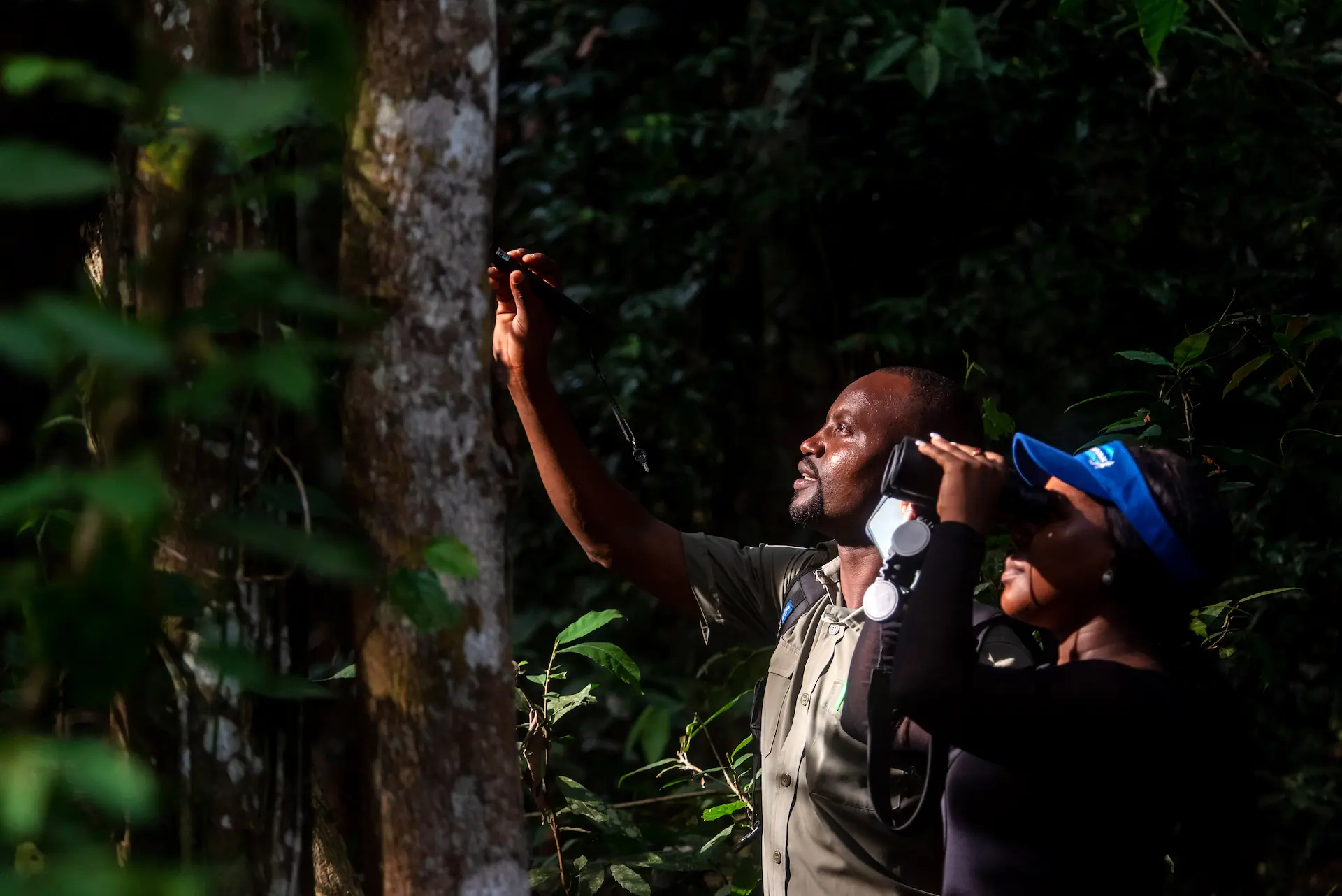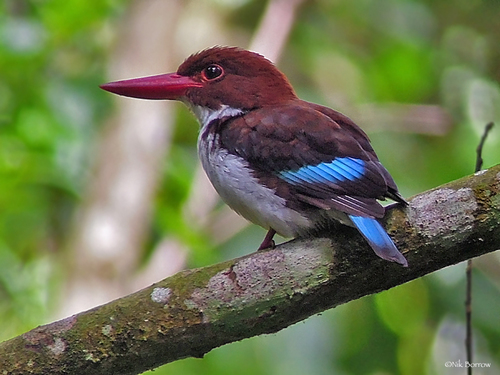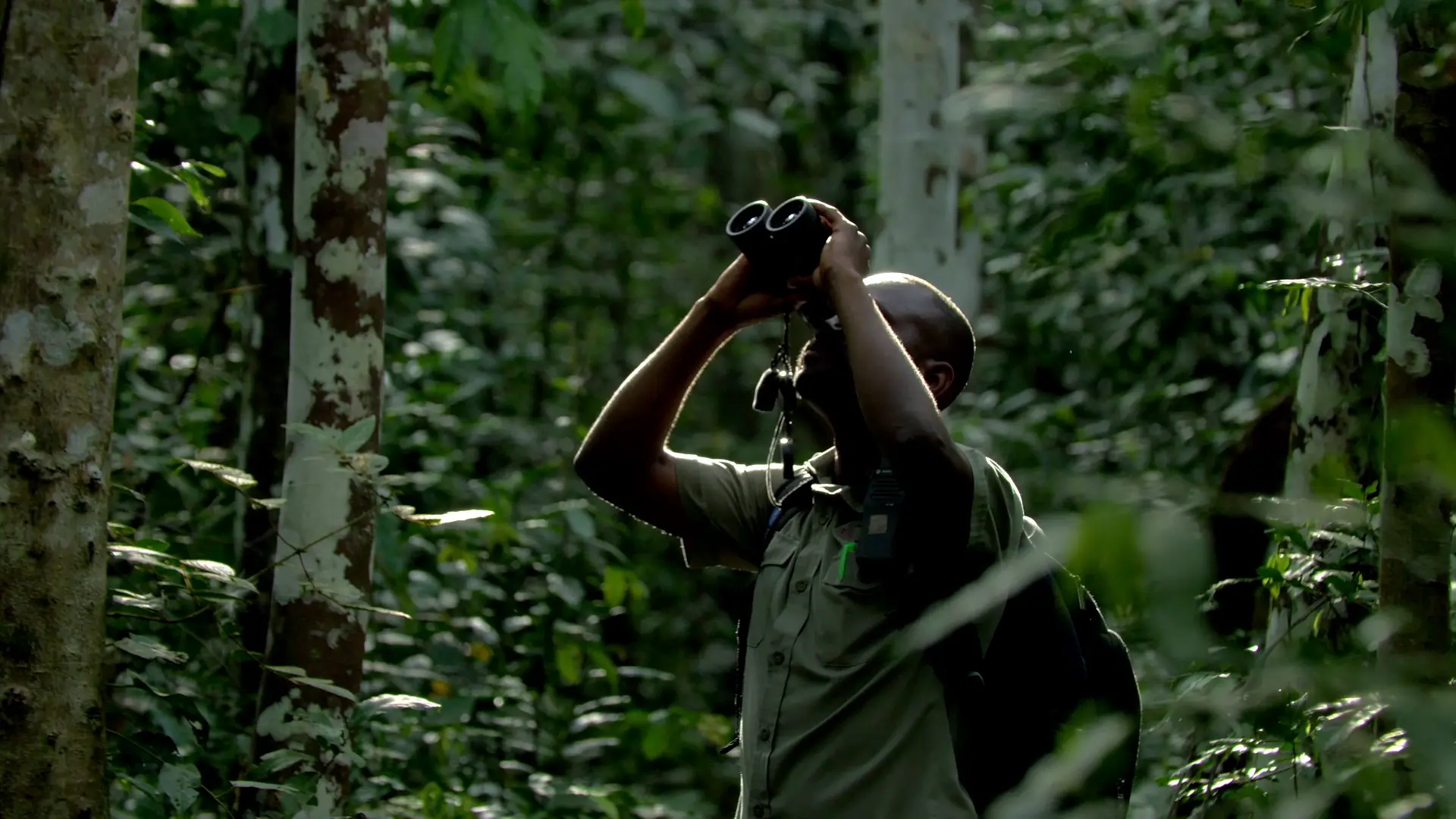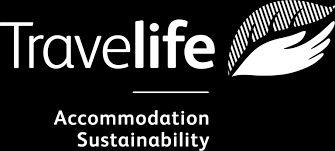Categories
- Accommodation
- Accommodation at Kibale Forest
- Budget accommodation at Kibale
- Budget accommodation in Uganda
- Budget Hotels in Entebbe
- Budget Murchison Falls Accommodation
- Bwindi Guides
- Bwindi National Park Guides
- Entebbe Hotels
- Exclusive Lodges In Murchison Falls National Park
- Exclusive Lodges in Queen Elizabeth National Park
- High End Accommodation At Kibale
- Kibale
- Luxury accommodation at Kibale
- Luxury Accommodation in Queen Elizabeth National Park
- Luxury Hotels In Entebbe
- Luxury Murchison Falls Accommodation
- Midrange accommodation at Kibale
- Midrange Hotels In Entebbe
- Midrange Murchison Falls Accommodation
- Murchison Falls Guides
- Murchison Falls Lodges
- News
- Popular
- Queen Elizabeth Guide
- Queen Elizabeth National Park Accommodation
- Semi-Luxury Entebbe Hotels
- Travel Guide
- Uganda Honeymoon Lodges
- Uncategorized
Budongo Forest Reserve

Budongo Forest Reserve is only a 4–5-hour drive from Kampala. It is the biggest natural forest in East Africa, covering an area 825 square kilometers.
Long ago, it was the hunting ground of the Bunyoro kings, but today it is a protected home for wildlife and a peaceful escape for visitors on Uganda Wildlife Safaris. Budongo is home to over 360 species of birds, several monkey species, and about 800 wild chimpanzees—Uganda’s second-largest chimpanzee population.
The forest sits high above the Albertine Rift escarpment and connects with Murchison Falls National Park, creating a vast green wilderness. The heart of the reserve is Kaniyo Pabidi, a quiet and less-crowded site where visitors can enjoy chimpanzee trekking and world-class birdwatching.



Reasons To Visit Budongo Forest
1. Chimpanzee trekking is cheaper than in Kibale Forest
Budongo Forest is one of the best places in Uganda to track chimpanzees, and it is cheaper than Kibale National Park, costing about 40% less. The chimp community here was first habituated in the 1990s, so the chimps are relaxed around visitors and used to human presence. While the success rate for locating chimps is slightly lower than at Kibale, it is still very good compared to most other sites in Uganda.
The forest has relatively flat terrain and a good network of footpaths, making trekking easier for less fit travelers. You won’t need to scramble through thick undergrowth or climb steep, slippery slopes to follow the chimps. Another advantage of Budongo is that it is more remote and receives far fewer visitors than Kibale. This means you can enjoy a quiet and peaceful trekking experience, often without encountering other tourist groups.
2. Easily visited from Murchison Falls or Ziwa Rhino Sanctuary
Budongo Forest fits perfectly into safari itineraries that also include Murchison Falls National Park and Ziwa Rhino and Wildlife Ranch. The chimp trekking trailhead lie right alongside the main road to Murchison Falls. In fact, the trailhead is now inside the main entrance gate to Murchison Falls National Park, so chimp treks can easily be arranged en route or as a day trip from the park.
Budongo and Murchison Falls also complement each other in terms of wildlife. Budongo excels in chimpanzees and forest species, while Murchison Falls is ideal for savannah animals such as lions, leopards, elephants, buffaloes, and giraffes. The park’s famous waterfall on the Nile River is spectacular, with abundant hippos, crocodiles, and waterbirds along the river.
On the way to or from Entebbe, it’s also worth visiting Ziwa Rhino and Wildlife Ranch, where Uganda’s only rhinos can be tracked on foot, adding another unique wildlife experience to your trip.
3. Exceptional birding with several rare and localized species
Birding is one of Budongo’s top attractions. Around 366 bird species live here, including sixty West or Central African species known from fewer than five locations in East Africa. Specials found nowhere else in East Africa include Puvel’s illadopsis and the yellow-footed flycatcher.
Other rare regional species include Ituri Batis, lemon-bellied crombec, white-thighed and piping hornbills, black-eared ground thrush, rufous-sided broadbill, Cassin’s spinetail, green-breasted pitta, Woodhouse’s antpecker, blue-breasted and chocolate-backed kingfishers, little green sunbird, Sabine’s spinetail, white-spotted flufftail, and yellow-crested woodpecker.
More common but beautiful sightings include great blue, Ross’s, black-billed and white-crested turacos, African pied wagtails, lemon-throated and Cameroon sombre greenbuls, as well as various eagles, camaropteras, cuckoos, and sunbirds. Birders will do well to visit Busingiro Eco Tourism Site, which includes the famous Royal Mile, lined with giant trees representing many of the reserve’s species.
4. Pristine jungle-like forest interior
A walk through Budongo Forest Reserve is a true jungle experience, dominated by towering Uganda ironwoods that shelter a rich mix of plants, animals, and rare forest birds.
East African mahogany trees soar up to 80 metres tall, while other important species include drum tree, wild mango, African teak, and the vulnerable tiama. Together, these trees form a dense canopy where sunlight filters softly, creating patterns of light and shadow on the forest floor.
Walking through Budongo, visitors feel the serenity of the jungle, the thrill of wildlife encounters, and the quiet magic of this untouched, lush forest. Its towering trees and green depths make it one of Uganda’s most pristine and enchanting forest interiors.
Wildlife in Budongo Forest
While chimpanzees are the main stars of Budongo, the forest is home to many other primates as well. Large troops of olive baboons can often be seen along the main road, while red-tailed monkeys, blue monkeys, and black-and-white colobus roam the forest interior. Nocturnal species like the potto and various galagos add to the forest’s nighttime life.
Occasionally, buffalo and elephants from neighboring Murchison Falls National Park wander into Budongo, though sightings are rare. The forest is also a paradise for smaller wildlife, with over 360 bird species and 250 butterfly species recorded.
Activities in Budongo Forest Reserve
The most popular activity in Budongo is guided chimpanzee trekking, focused on a habituated community of around 80 individuals at Kaniyo Pabidi. Treks usually run twice daily, at 8 AM and 2 PM, with morning excursions offering the highest chance of spotting the chimps.
Another highlight is bird-watching walks, guided by experts who help visitors spot rare and localized species among the forest’s incredible 360+ bird species. Both activities provide a chance to experience Budongo’s wildlife up close while exploring its lush, pristine rainforest.
Budongo Forest Weather
Budongo Forest enjoys a warm tropical climate year-round, with daytime temperatures averaging around 29°C (84°F). The wet season runs from March to November, with rain easing slightly in June and July.
During the dry season from December to February, rainfall is minimal, offering a welcome break from humidity, though temperatures can rise and it may feel quite hot. This climate makes Budongo a year-round destination, with different seasons offering unique experiences for wildlife and bird watching.
Best Time to Visit Budongo Forest
Chimpanzee trekking is available all year round in Budongo Forest. The easiest walking conditions are during the dry season (December to February) and in June and July, when the wet season rains ease. During these times, the forest trails are drier and easier to navigate. Interestingly, in recent years, the highest success in spotting chimps has often been between April and August, making this period especially good for wildlife sightings.
Our Trusted Partners





